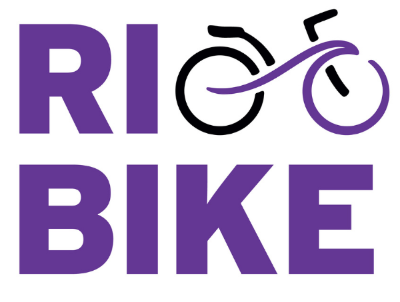Roger Williams Park is definitely the jewel in the metropolitan crown, drawing a million and a half visitors every year. But jewels need care, and in 2015, the Providence Parks Department and the Rhode Island Foundation embarked on an ambitious campaign to improve the park and revive its founding philosophy of bringing nature to the people. Among the renovations is a new one-way traffic pattern through the park that separates cycling and walking paths from cars; the new greenway continues to allow cars while enhancing the public’s ability to safely enjoy the park and encourage greater physical activity. We heartily applaud these efforts.
The new pattern, however, has met with resistance from a small but vocal group of irate Cranston residents, who are not upset about changes to park use, but rather about the curtailing of their ability to use park roads as a shortcut to avoid traffic flow problems on adjacent city streets. A petition was circulated castastrophizing the plan, warning that “hazardous conditions will exponentially increase [and] set up a traffic nightmare.” Panic ensued. Mayor Fung claimed he was never informed of any changes, despite numerous public meetings.
In fact, traffic on adjacent Park Avenue has been a problem for many years, with traffic backups daily at school release and rush hours. Rather than complain, users cut through the park, hastening its decline and necessitating the very improvements petitioners decry. Rather than malign efforts to improve the sustainability and enjoyment of the park for recreational purposes – as parks are intended – we would enjoin these residents to turn their energies toward improvements to their own city streets.
Many traffic calming remedies exist, and the complete streets philosophy teaches us that all routes – especially school connectors – should contain safe travel paths for bicyclists, pedestrians, and motorists. Children who walk or bike to school enjoy their commute more, and they learn better, than children who are bused or driven. So, let’s look at traffic flow remedies, set up bike and walking routes to school, and learn to get where we need to go using city roads for transportation – then, we can all enjoy the park as a park, and not as a shortcut.
